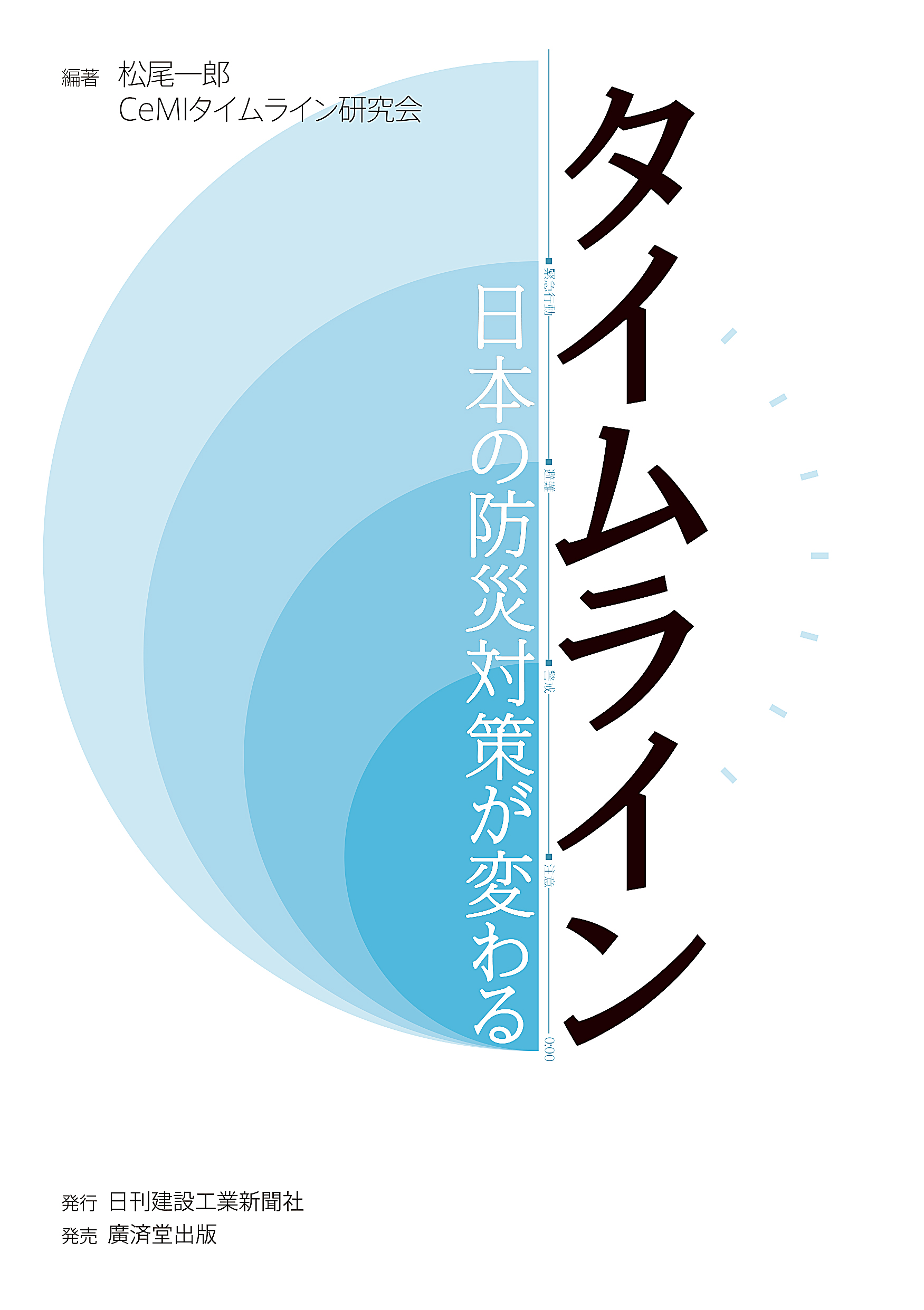Japanese government decided on November 15 that it aims to reduce greenhouse gas emission by 3.8% from the 2005 level in 2020, as well as its diplomatic strategy against global warming, which includes counteractions such as technology innovation and financial support of around 1.6 trillion yen to developing countries. The new target will be announced in Warsaw, Poland at ongoing 19th session of the Conference of the Parties (COP19) to the U.N. Framework Convention on Climate Change. The government’s energy policy still remains undecided including whether any of the nuclear power plants, all of which are now shut down, is to be restarted. When it’s decided, the target may be modified and will be reported to the United Nations.
The strategy, named “Actions for Cool Earth,” aims at the goal of 50% greenhouse gas reduction in the world, 80% in developed countries by 2050. In order to realize it, Japan will address the issue with three pillars of actions; Innovation, Application and Partnership. In terms of “Innovation,” $110 billion will be invested in five years to accelerate environmental technology innovation. As one of the actions of “Application,” export of Japan’s existing low carbon technologies to overseas will be promoted. The government also aims to double the number of partner countries of the Joint Crediting Mechanism (JCM) from present eight in three years, in addition to launching a new satellite in fiscal 2017 to observe greenhouse gas.
For Partnership, 1.6 trillion yen in total of public and private finance will be offered during the next three years to improve developing countries’ disaster prevention measures and climate change mitigation and adaptation. High efficient power plants, transport systems and infrastructure development are possible projects. (2013/11/18)















